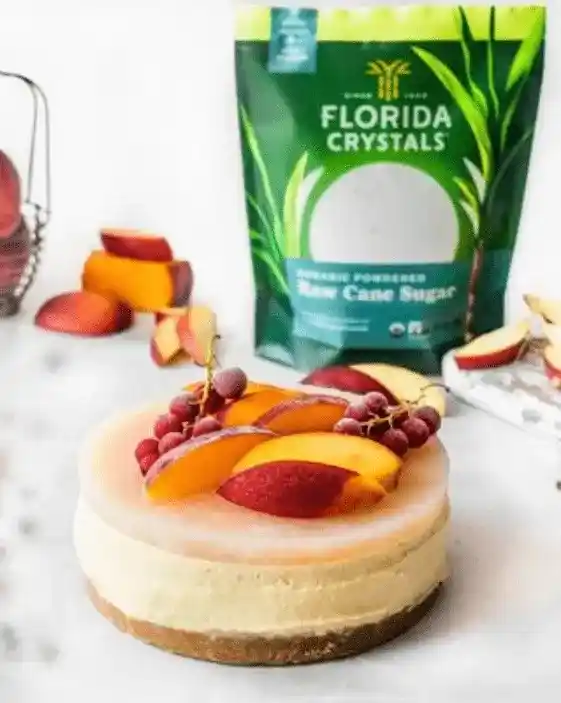Whether you're a seasoned pro or just dipping your whisk into the world of baking, trust us, we've all been there! Those silly baking mistakes? They’re just a part of the fun. But don't fret! Our chef-approved tips are here to help conquer those common slip-ups and make sure your treats are a hit every time. Learn, laugh, and bake on!
Don't Get Your Measurements Wrong: The Art of Precise Sugar Measuring
To ensure your recipes turn out just right, it's crucial to measure sugar accurately. Among the key ingredients in baking, sugar is often underestimated in terms of its role in a recipe's outcome. Incorrect sugar measurement can lead to overly sweet or dry baked goods.
When measuring sugar, it's important to keep in mind that it should be loosely packed into the measuring cup. This means you should avoid pressing down on the sugar, which can result in an overly compacted and inaccurate measurement. Instead, gently spoon the sugar into the measuring cup, allowing it to naturally settle. Then, level off any excess sugar using a flat-edged utensil. Accurate sugar measurement ensures that your recipes are well-balanced in terms of sweetness, moisture, and texture.
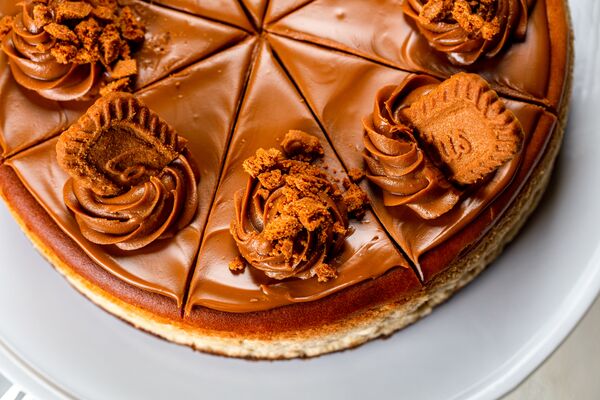
Mastering Sugar Caramelization: Preventing Over-Browning in Baking
Caramelization, that delightful transformation of sugar into rich, golden perfection, is a hallmark of many beloved baked goods. However, there's a fine line between achieving that gorgeous caramel hue and tipping over into burnt territory. The key to preventing sugar from over-caramelizing or burning is simple: remove your baked goods from the oven promptly. This step might sound straightforward, but it's the crucial moment when you take control of the caramelization process. When you allow baked goods to stay in the oven for too long, the sugars in your recipes can continue to caramelize beyond the desirable point. This results in over-browning or, worse, burning, which can impart a bitter taste and an unpleasant aroma to your treats.
Ways to Avoid Over-Browning or Burning Your Recipe:
- Use a Timer: Always set a timer based on the recipe's recommended baking time. This ensures you don't lose track of how long your goodies have been in the oven.
- Monitor Carefully: Keep a close eye on your baked goods during the final minutes of baking. Look for the telltale signs of caramelization, like a golden brown hue.
- Test for Doneness: Perform a quick doneness test by inserting a toothpick or cake tester into your baked goods. If it comes out clean or with a few moist crumbs (depending on the recipe), it's time to take them out.
- Act Promptly: As soon as your baked goods reach the desired level of caramelization and pass the doneness test, remove them from the oven promptly. Use oven mitts or gloves to protect your hands.
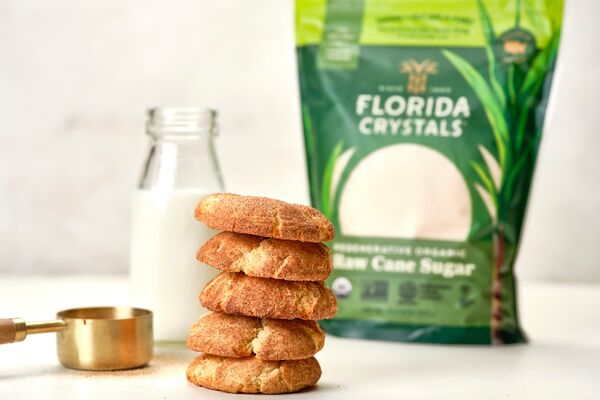
Precision in Baking: The Importance of Accurate Ingredient Measurement
Baking is a delightful blend of science and creativity. While it allows for artistic expression in the kitchen, it also demands precision when it comes to ingredient measurement. The difference between a perfectly risen cake and a baking mishap often lies in the accuracy of your measurements.
Why Precision Matters:
- Consistency is Key: Baking is all about achieving consistent results. Measuring your ingredients accurately ensures that you can replicate your favorite recipes time and time again.
- Balancing Act: In baking, each ingredient plays a specific role. An extra spoonful of flour or a tad too much sugar can throw off the balance, resulting in a less-than-ideal outcome.
- Texture and Flavor: Precision in measuring leads to the desired texture and flavor. Too much of one ingredient or too little of another can compromise the taste and mouthfeel of your baked goods.
- Rising Success: Baking relies on precise chemical reactions. Accurate measurements guarantee proper leavening, leading to the perfect rise and a light, fluffy texture.
Tips for Accurate Measurement:
- Use the Right Tools: Invest in quality measuring cups and spoons for dry and wet ingredients. A kitchen scale is also an excellent addition for precise measurements by weight.
- Level Off Dry Ingredients: When measuring dry ingredients like sugar, use a flat-edged utensil to level off the excess. This ensures you're using the exact amount required.
- Liquid Ingredients: For liquids, use a clear measuring cup designed for liquids. Fill it to the desired mark at eye level for accuracy.
- Follow the Recipe: Never eyeball substitutions in baking. While cooking often allows for improvisation, baking is unforgiving of inaccuracies.
- Practice Patience: Take your time when measuring. Rushing can lead to errors. It's better to double-check than to guess.
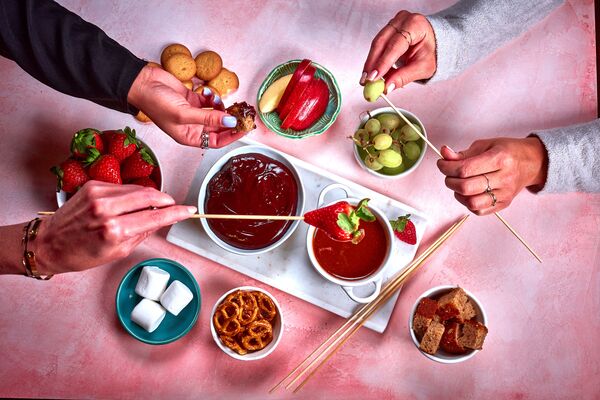
Ingredient Temperature: Why It’s Important to Pay Attention to The Temperature of Your Ingredients
When it comes to baking, precision isn't limited to measurements alone. The temperature of your ingredients plays a starring role in the quest for the perfect baked good. Just as you preheat your oven, you should also pay close attention to the temperature of your ingredients. Here's why it matters and how it can make or break your recipe.
- Butter's Best Friend: Take butter, for instance. When called for at room temperature, it can be your batter's best friend. Soft, room-temperature butter blends seamlessly with sugar, creating a light and airy mixture. Cold butter? Not so much. It can lead to uneven mixing and, ultimately, a less-than-ideal texture.
- Egg Excellence: Eggs also perform differently at various temperatures. Room-temperature eggs incorporate more evenly into batters, ensuring a uniform texture throughout your baked goods.
- The Yeast Effect: In yeast-based recipes, like bread or cinnamon rolls, the temperature of your liquid matters. Too hot, and you'll kill the yeast. Too cold, and it won't activate properly. Achieving that perfect lukewarm temperature is essential for a successful rise.
- Chocolate Tempering: When melting chocolate, maintaining the right temperature is critical. Overheating can cause chocolate to seize or become grainy, while tempered chocolate results in that coveted glossy finish.
Pro Tips for Ingredient Temperature:
- Plan Ahead: Many recipes call for specific ingredient temperatures. Plan accordingly by taking butter, eggs, or other items out of the fridge well in advance.
- Quick Fixes: Need to soften butter in a hurry? Cut it into small cubes or use a grater to speed up the process. For eggs, place them in a bowl of warm water for a few minutes.
- Instant-Read Thermometer: Consider investing in an instant-read thermometer. It's a handy tool to ensure your liquids are at the right temperature and that your creations will turn out as intended.
- Room Temperature Rule: As a general rule, ingredients like butter, eggs, and dairy should be at room temperature unless the recipe states otherwise.
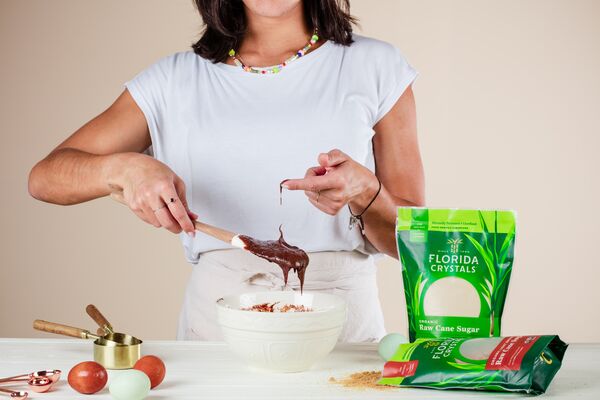
The Goldilocks of Mixing: Finding the Just-Right Balance
When it comes to mixing cake batter, think of yourself as the Goldilocks of the kitchen – searching for that "just right" point between overmixing and undermixing. Getting this balance perfect can make all the difference between a light, fluffy cake and a dense, disappointing one.
The Consequences of Overmixing:
- Tough Texture: Overmixing introduces excessive air into the batter, creating a tough, chewy texture that's far from the soft crumb you desire.
- Dense Dilemma: This excess air can also cause the cake to rise excessively in the oven, then collapse as it cools, resulting in a dense, sunken center.
The Perils of Undermixing:
- Incomplete Structure: Undermixing means that your batter hasn't formed the necessary structure to support the cake. This can lead to a sunken center, particularly around the middle.
- Gummy Bottom: The undermixed portions can create a gummy, undercooked layer at the bottom of your cake.
How to Find That Sweet Spot:
- Slow and Steady: Mix ingredients at a low to medium speed. This helps prevent overmixing and allows for even distribution of ingredients.
- The Gradual Approach: Add dry ingredients gradually. Don't dump them all in at once. Instead, add a portion, mix briefly, then add more until just combined.
- Visual Clues: Pay attention to the batter's appearance. Stop mixing as soon as you no longer see streaks of flour. It's okay if there are a few small lumps; they'll likely disappear during baking.
- Use a Timer: If you're uncertain, use a timer. Mix for the recommended time in the recipe and stop promptly.
- Fold Gently: When folding in delicate ingredients like whipped egg whites, do so gently and patiently to maintain the batter's aeration.
Classic Angel Food Cake
Light as a cloud, this heavenly dessert is made extra special with the touch of Florida Crystals® Regenerative Organic Certified® Raw Cane Sugar. This cake is the perfect balance of a delicate sweetness and a citrusy lemon punch. Baked to golden perfection, each slice is a taste of paradise.



